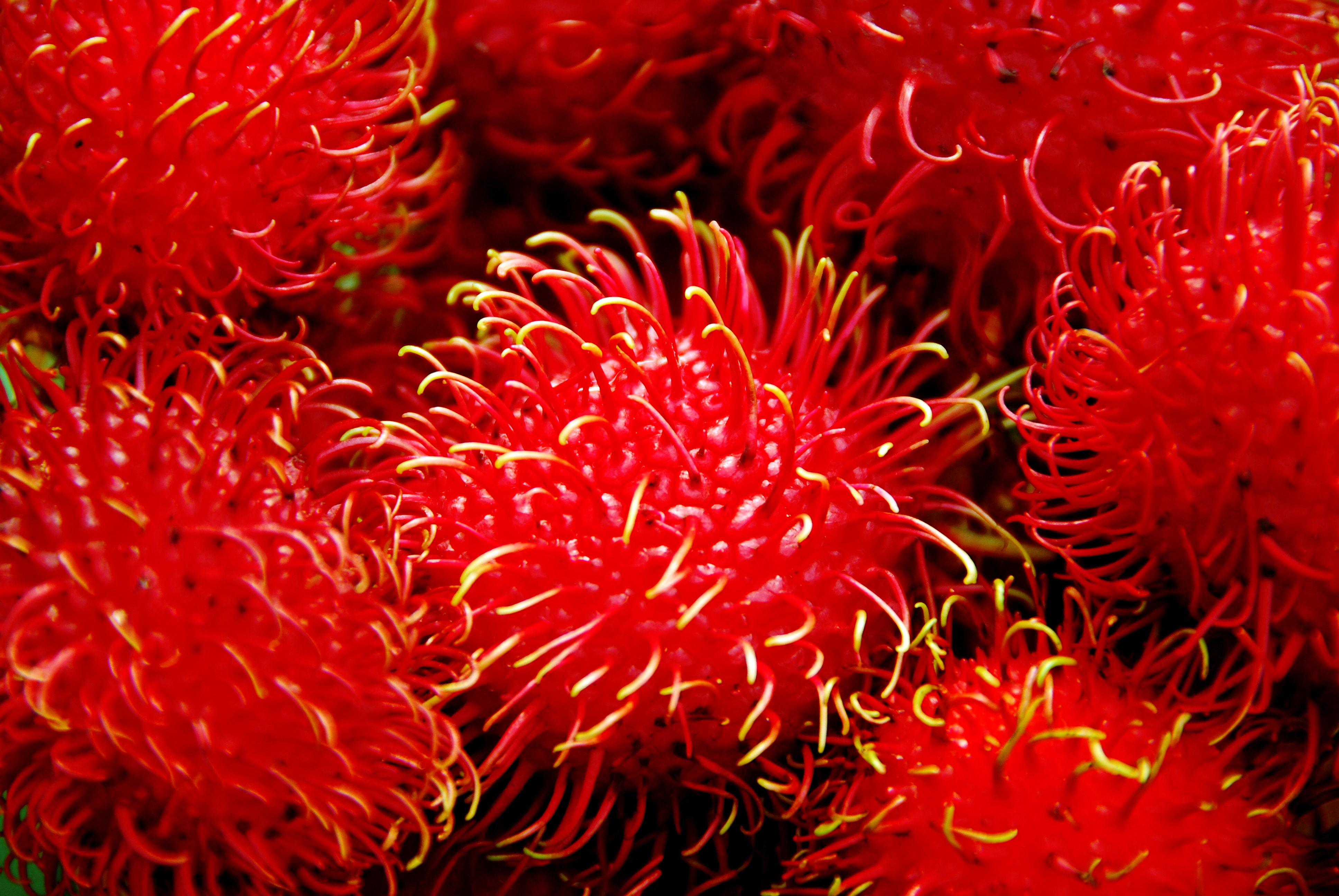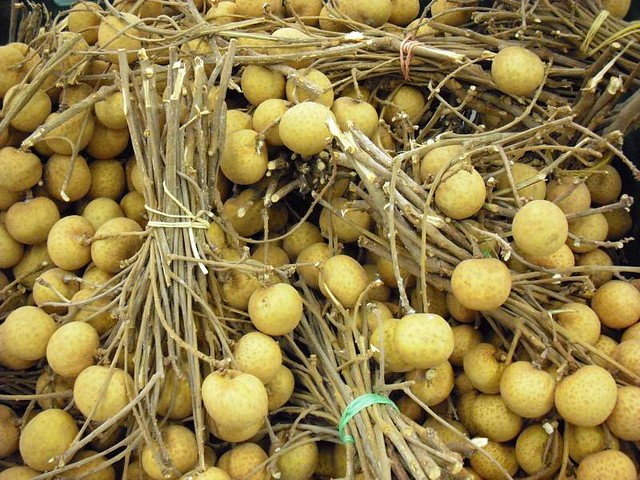The world is a fascinating place. With the varying climates in different corners of the globe, many kinds of plants have emerged and become a testament of how beautiful Mother Nature truly is. Break away from the usual apples and oranges on your next trip to Asia or South America and try the following delicious fruits. Your taste buds will thank you.
Rambutan

The name rambutan comes from a word in Malay-Indonesian languages for "hair" and it is fitting, indeed, as this small fruit resembles a fiery red ball covered in soft spikes. Once peeled open, the fruit's less-threatening white flesh is revealed. Whether you choose to instantly eat the whole piece or savor one little bite at a time, appreciate the juicy sweetness because it will be gone before you know it. Many people will quickly grab a second piece of rambutan to enjoy as it is hard to only eat one.
Mangosteen

Despite its name, the mangosteen fruit bears no resemblance to the common yellow mango we all know. In fact, mangosteens are dark purple, smaller, and rounder. The word "mangosteen" simply originated from its Javanese name manggis. The fruit fits neatly into your palm and underneath its purple layer is a ball of white flesh that is divided into segments. Usually, there should be four to eight parts and the big couple of segments will each contain a seed. The fruit is often eaten by picking out the segments one at a time and popping them into your mouth. The taste of mangosteen has been described to be delectably sweet with a slight kick of sourness.
Dragonfruit

In Latin America, the fruit is simply called pitaya. However, in many Asian countries (and in English), it is given a variety of dragon-related name due to its leathery skin that bears resemblance to dragon scales. Once cut open, the fruit is revealed to have soft white flesh with tiny seeds embedded inside. Many people have compared its appearance to that of a kiwi. Interestingly enough, however, the taste of a dragonfruit has been described to be quite bland in comparison to its rather vibrant outer shell. Nevertheless, dragonfruits are very versatile and can be eaten in a lot of different ways. You can blend them into smoothies, add them into pancakes, or grill them on a skewer kebab-style. The possibilities are truly endless.
Longan

This little fruit usually comes in a bunch that includes other longans all attached to a branch. The outer brown shell does not take much effort to open as it is quite thin and fragile. Once shelled, a translucent grayish-white flesh is revealed and usually it is possible to see a bit of the black seed lodged in the center. To the Chinese people, this resembled an eyeball, so the fruit was given the name longan, which means "dragon eye." Longans are very watery and sweet with a slightly chewy flesh. Because of its size (similar to a grape), you will not want to eat only one.
Jackfruit

The jackfruit can seem quite threatening due to its hard, spiky outer shell. Be sure that you take cautions when handling it as it can be a bit tricky if you are not familiar with the fruit. Once the tough shell is broken, however, the inside reveals some soft yellow flesh that is simply dying to be eaten. It has been described to emit a smell that reminds people of pineapple and banana. Yet, its taste is a completely unique sweet and fruity one. An interesting characteristic of the jackfruit is that its seeds are also edible after going through the boiling process. They are high in proteins and resemble the common chestnuts.
No matter which fruit you choose to try, be sure to make the most of your experiences! Please contact us for more ideas on how you can enjoy the rest of your summer.
No comments:
Post a Comment